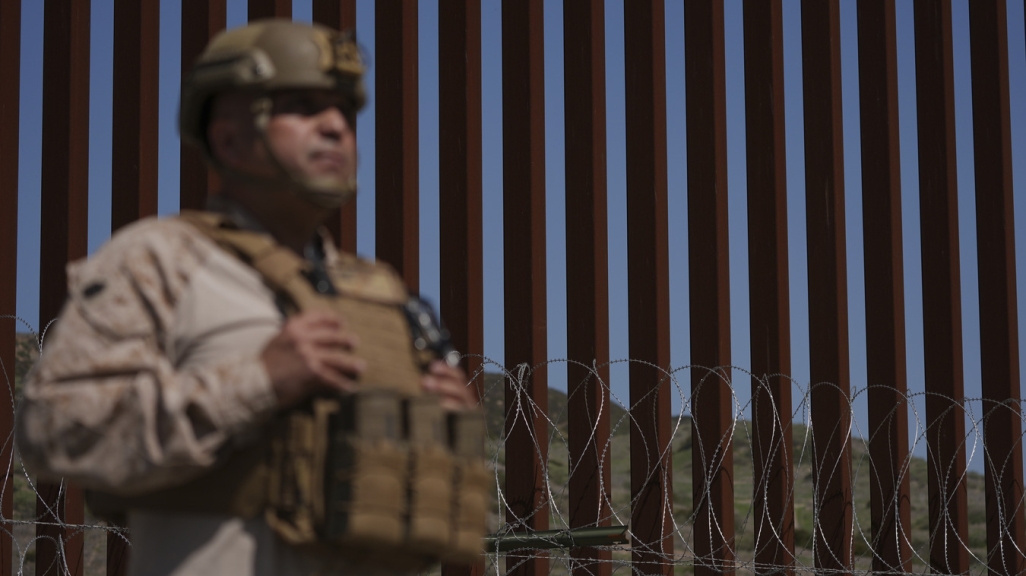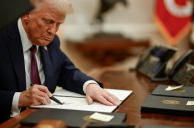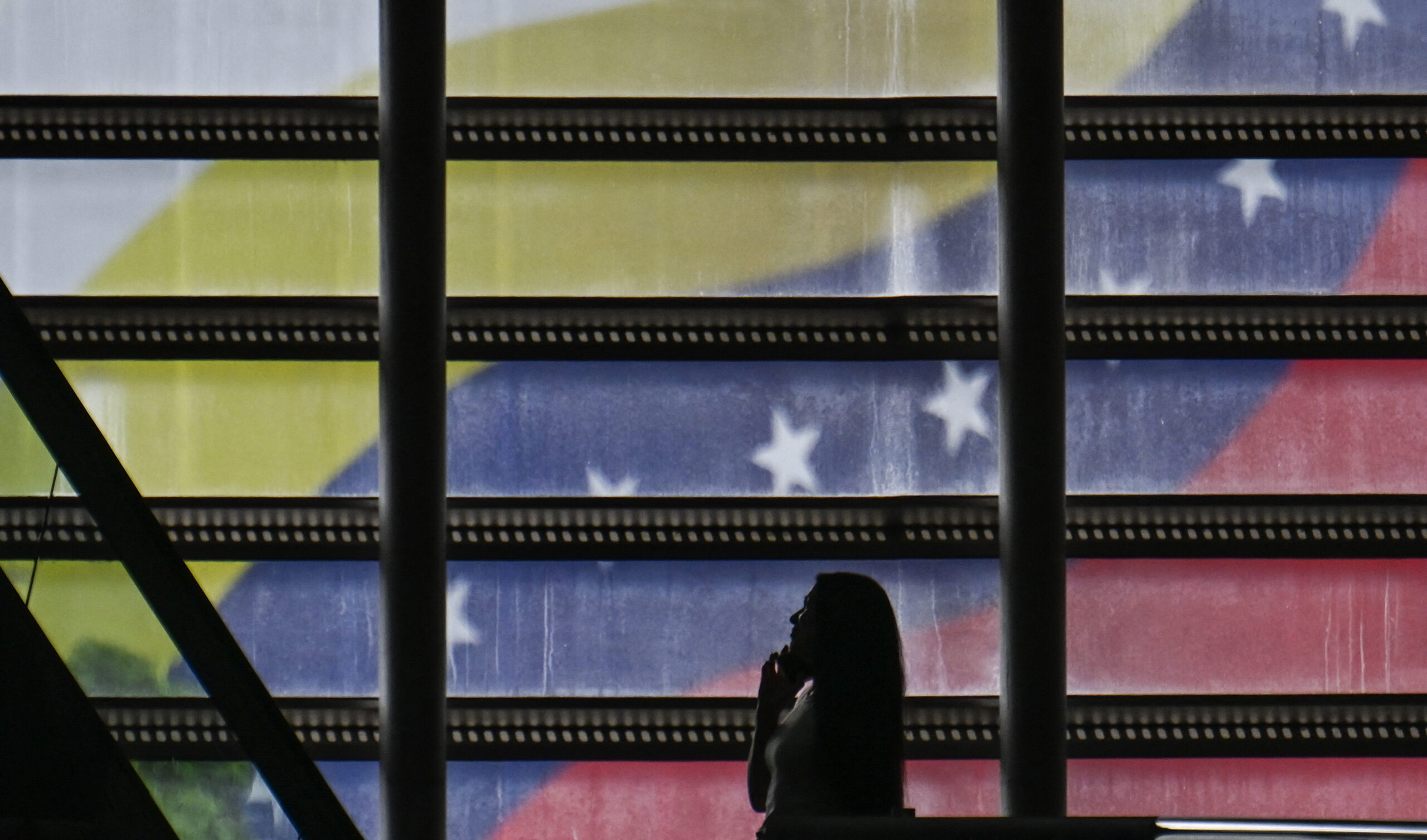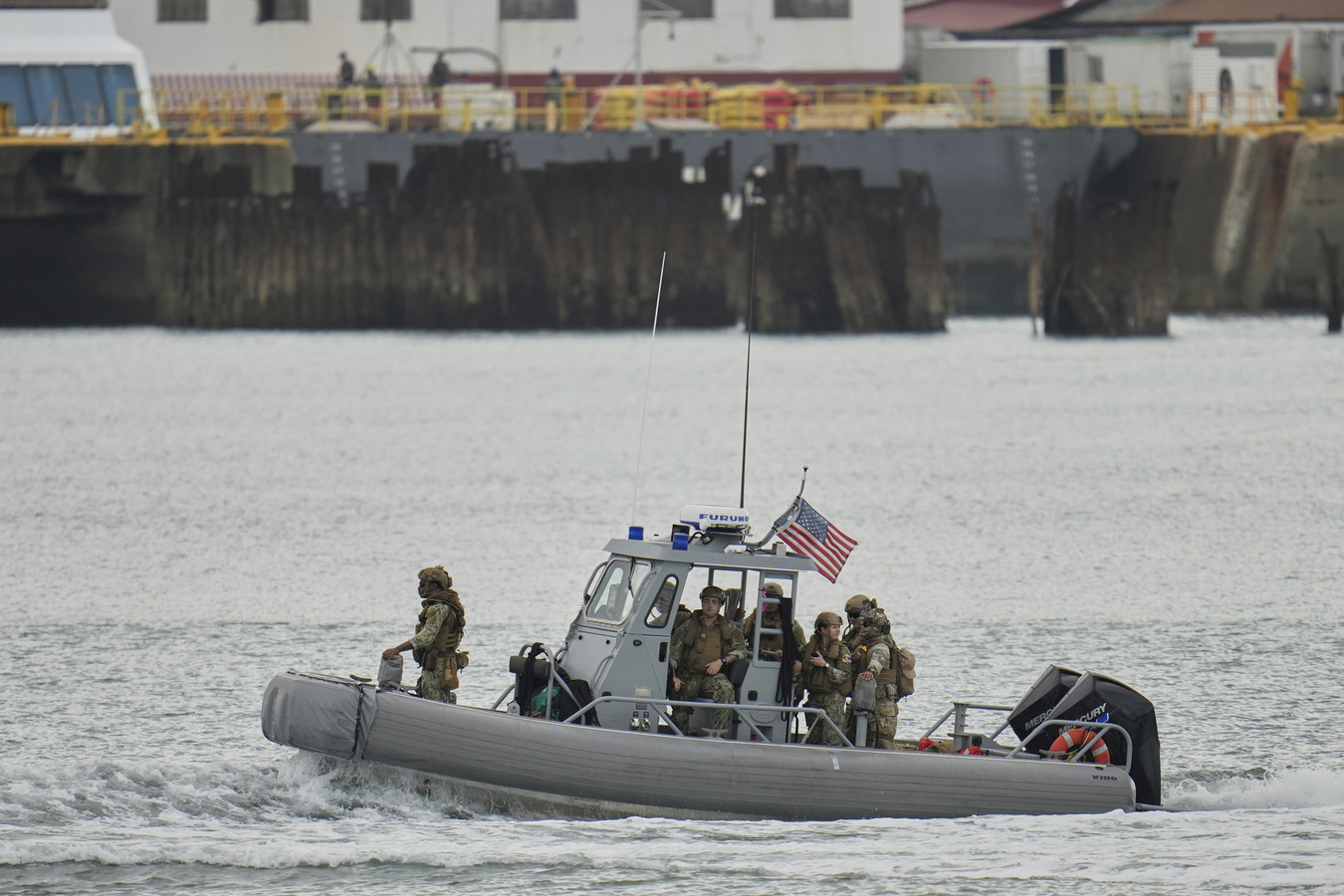The Impact of Current U.S. Immigration Policy on Latin America in Three Charts
The Impact of Current U.S. Immigration Policy on Latin America in Three Charts
Amid the Trump administration's boost in U.S. spending on immigration enforcement, how are border apprehensions and deportations fluctuating?
U.S. President Donald Trump has made curbing immigration a central focus of his administration since reentering the White House in January 2025. On his first day in office, he signed executive orders declaring a "national emergency" at the U.S. southern border and labeling migration across the border an "invasion." His administration has since moved to strip hundreds of thousands of immigrants of legal status, including many from Latin American and Caribbean countries such as Cuba, Haiti, Honduras, Nicaragua, and Venezuela, while pursuing mass detention and deportation.
Through the “Big, Beautiful Bill” signed into law on July 4, the U.S. government has committed around $170 billion over the next four years to realize marquee items on the president’s immigration agenda: an extended and technology-fortified border wall, thousands more detention beds, and a larger enforcement dragnet. Much of that work will be carried out by two agencies within the U.S. Department of Homeland Security (DHS)—Customs and Border Patrol (CBP), chiefly responsible for enforcement at and near U.S. borders, and Immigration and Customs Enforcement (ICE), charged with operations across the U.S. interior.
Latin America and the Caribbean is the origin of just over half of the U.S. foreign-born population according to 2023 census data—almost 24.5 million people. AS/COA Online highlights key facts and figures that show the impact of changing U.S. immigration policy on the region.
The U.S. president has pursued a more aggressive reduction in immigration, pushing for record deportations while curtailing migrant protections.
AS/COA is tracking the U.S. president's actions toward the region, including on migration, trade, and security.











